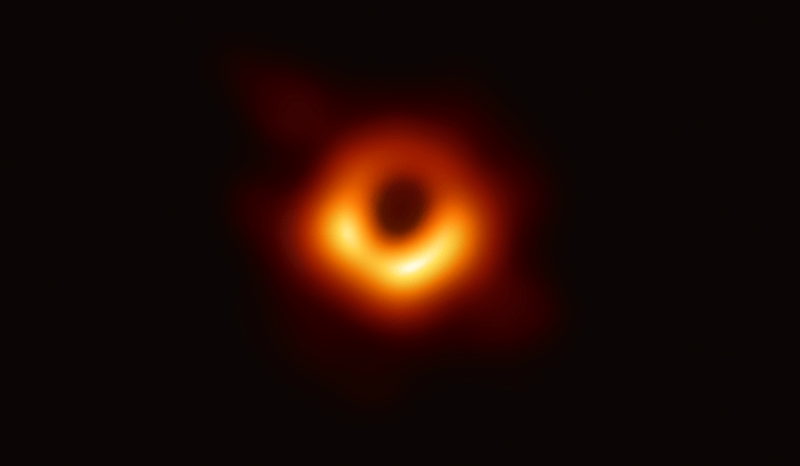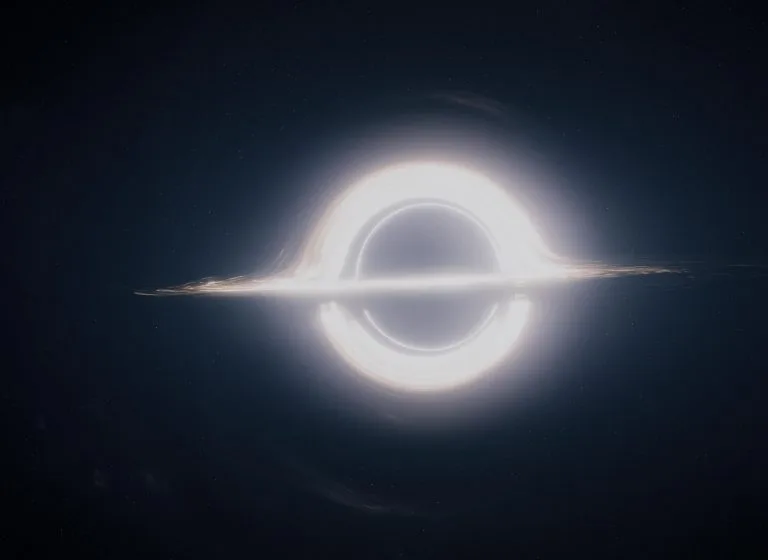Hello, space enthusiasts and movie buffs! Today, we’re diving into the cosmic abyss to explore why black holes look the way they do in the movie “Interstellar.” If you’ve seen the film, you’ll remember the mesmerizing, spinning disk of light around the black hole, Gargantua. But how accurate is this Hollywood depiction? The answer lies in the genius of physicist Kip Thorne, who served as the scientific advisor for the movie. So, fasten your seat belts and prepare for a journey through spacetime, equations, and cinematic artistry!
The Kip Thorne Effect
First off, let’s talk about the man of the hour: Kip Thorne. He’s not just any physicist; he’s a Nobel laureate known for his work in gravitational physics and astrophysics, particularly relating to black holes. When Christopher Nolan decided to make “Interstellar,” he wanted the science to be as accurate as possible, and who better to consult than Kip Thorne?
The Anatomy of a Black Hole
Before we get into the nitty-gritty, let’s understand what a black hole is. A black hole is a region in space where the gravitational pull is so strong that not even light can escape it. The boundary around this region is known as the event horizon.
\[
\text{Event Horizon Radius (Schwarzschild Radius)} = \frac{2GM}{c^2}
\]
Where \( G \) is the gravitational constant, \( M \) is the mass of the black hole, and \( c \) is the speed of light.
The Accretion Disk and the Spin
In “Interstellar,” Gargantua is depicted with a glowing accretion disk. This disk is made up of matter that spirals into the black hole but hasn’t crossed the event horizon yet. The light emitted from this disk is what makes Gargantua visible.
Now, Gargantua is a spinning black hole, also known as a Kerr black hole. The spin drags spacetime along with it, a phenomenon known as frame-dragging. The equation for a Kerr black hole is a bit more complicated than its non-spinning counterpart:
\[
ds^2 = -\left(1 – \frac{2GM}{r c^2}\right) dt^2 + \left(1 – \frac{2GMr}{\Sigma c^2}\right)^{-1} dr^2 + \Sigma d\theta^2 + \left(r^2 + a^2 + \frac{2GMa^2}{\Sigma c^2}\right) \sin^2\theta d\phi^2
\]
Where \( \Sigma = r^2 + a^2 \cos^2\theta \) and \( a = J/M \) is the spin parameter.
The Math of Warping Space-Time
According to Einstein’s theory of general relativity, a black hole warps the space-time around it. The equation that describes this is the Einstein field equation:
\[
G_{\mu\nu} = 8\pi G T_{\mu\nu}
\]
Here, \( G_{\mu\nu} \) is the Einstein tensor, which describes the curvature of space-time, and \( T_{\mu\nu} \) is the stress-energy tensor, which describes the distribution of matter. The constant \( G \) is the gravitational constant.
The Gravitational Lensing
One of the most visually striking aspects of Gargantua is the gravitational lensing, which is the bending of light around the black hole. This is where Einstein’s General Theory of Relativity comes into play:
\[
G_{\mu\nu} = 8\pi G T_{\mu\nu}
\]
This equation describes how mass and energy in the universe (represented by \( T_{\mu\nu} \)) shape the geometry of spacetime (represented by \( G_{\mu\nu} \)), which in turn dictates the motion of particles and light.
Light rays that pass close to a black hole get bent, creating a halo-like effect known as an “accretion disk.” The equation for the deflection of light in a gravitational field is:
\[
\Delta\phi = \frac{4GM}{c^2b}
\]
Where \( \Delta\phi \) is the angle of deflection, \( G \) is the gravitational constant, \( M \) is the mass of the black hole, \( c \) is the speed of light, and \( b \) is the impact parameter.
The View from All Angles: Isotropy
Now, here’s a fun fact: a black hole looks the same from all directions in space! This property is known as isotropy. The reason for this is that a black hole is defined by just three parameters: mass, charge, and angular momentum, often summarized by the phrase “black holes have no hair.” Because of its simplicity, the gravitational field around a black hole is spherically symmetric, making it look the same from all directions.
The Reality Check: The EHT Image
In 2019, the Event Horizon Telescope (EHT) gave us the first-ever image of a black hole, located in the galaxy M87. So, does this image confirm our theoretical understanding and Hollywood depiction? Let’s find out!


The EHT image shows a dark region surrounded by a bright ring, which is consistent with the accretion disk formed due to gravitational lensing. So yes, reality does seem to match both the equations and the Hollywood magic!
The Kip Thorne Stamp of Approval
Kip Thorne made sure that the depiction of Gargantua was consistent with the laws of physics. He even collaborated with the visual effects team to develop new software that could accurately simulate the appearance of a black hole. The result? A scientifically accurate, visually stunning representation that even led to scientific papers!
Conclusion
So, the next time you watch “Interstellar,” you can appreciate not just the cinematic brilliance but also the scientific accuracy that went into creating Gargantua. It’s a beautiful marriage of science and art, don’t you think?
